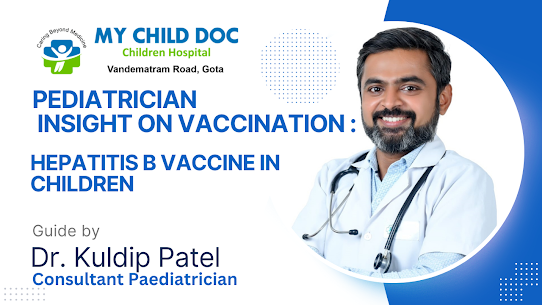Subtotal $0.00
Hepatitis A Vaccine in Children: Key Information for Parents Administration The Hepatitis A vaccine is given as an intramuscular injection, typically in the upper arm or thigh. It protects against Hepatitis A, a liver infection caused by the Hepatitis A virus (HAV), which spreads through contaminated food or water. What Does Hepatitis A Vaccine Protect Against?
Hepatitis A: Causes fever, fatigue, loss of appetite, nausea, abdominal pain, jaundice (yellowing of the skin and eyes), and can lead to liver damage, especially in young children.
Schedule First dose: Recommended at 12-23 months of age. Second dose: Given 6-12 months after the first dose for long-term protection.
Benefits Prevents Severe Illness: Protects your child from Hepatitis A, which can cause serious liver complications. Safe and Effective: Highly effective at preventing infection with very few side effects.
Global Protection: Especially important for travel to areas where Hepatitis A is common.
Side Effects Mild Reactions: Common side effects include pain at the injection site, mild fever, or tiredness.
Rare Risks: Severe allergic reactions are extremely rare. Vaccinating your child against Hepatitis A provides long-lasting protection from the virus, helping to prevent liver complications and contributing to overall public health.

